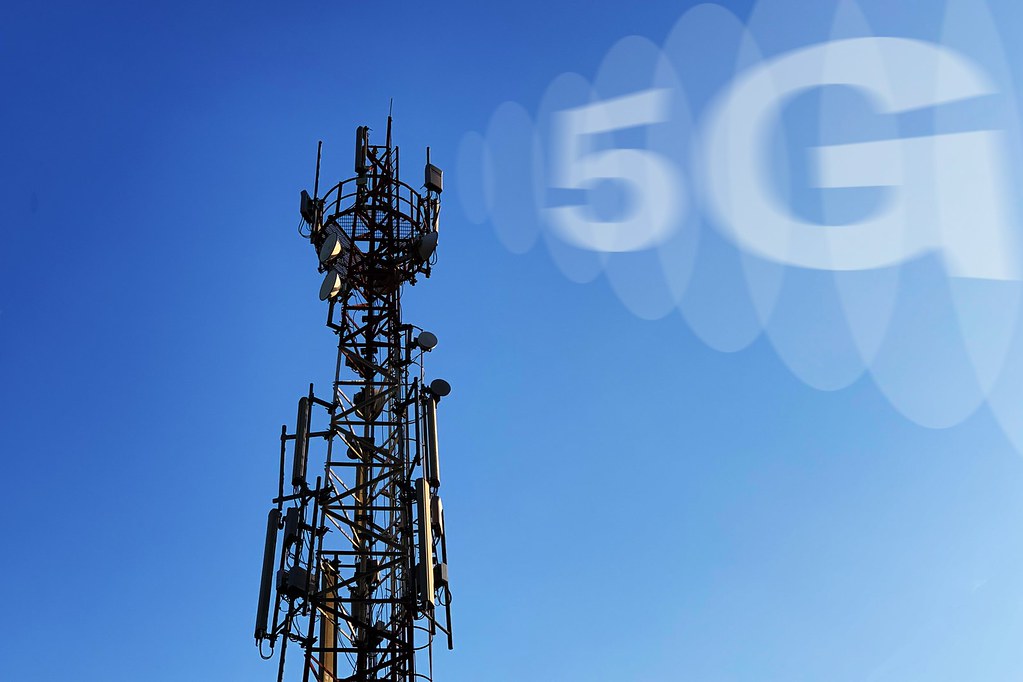
5G speeds continue to get slower, and there are signs that some customers are beginning to notice.
According to Telecoms.com, Figures published by Ookla on Wednesday showed that median 5G download speeds in several early adopter markets are down — in some cases significantly — over the last 12 months.
Norway recorded the biggest drop, with speeds slowing by 88.1 Mbps, followed by Sweden, which showed a decrease of 84.4 Mbps. However, with fairly high median speeds of 200.4 Mbps and 263.9 Mbps respectively, the drop off shouldn’t cause too many issues for end users.
However, it could cause problems for operators that had a lower median speed to begin with. The UK is a concern here, because while it saw a smaller decline of 38.3 Mbps, it leaves the median 5G speed at only 129.1 Mbps. Similarly, median speed in Spain sank by 31.7 Mbps to 94.1 Mbps.
Bucking the trend is the US, which saw 5G speed increase by 36.4 Mbps to a median of 138.9 Mbps.
The stats represent a continuation of the trend that Ookla illustrated in late 2021, when it reported that global median 5G download speed had fallen to 166.1 Mbps in the third quarter, a 13 per cent year-on-year decline.
Ookla pointed to a few factors that are driving this trend.
“As 5G scales in many of these early launch markets, the profile of 5G users is also changing from predominantly urban-based users, to more of a mix of urban, suburban, and rural users, which brings additional coverage and performance challenges for network operators,” said lead industry analyst at Ookla, Mark Giles, in a blog post.
In other words, it is harder for operators to justify the expense of 5G network densification when there are fewer customers to serve.
On a related note, the differing performance characteristics of the various 5G spectrum bands is another factor at play here. Today, an inner-city dweller is much more likely to live within range of a base station carrying 5G over mmWave frequencies, which are capable of supporting the fastest connection speeds.
That’s less likely to be the case for people living in more sparsely-populated areas though. They will generally connect to mid-to-low-band spectrum, and will experience lower 5G speeds as a result.
“With 5G operating over a greater range of spectrum bands than previous generations, including high frequency spectrum which has relatively poorer propagation, it’s understandable that 5G performance will vary more than previous generations of mobile network technology,” Giles said.
Try explaining that to a customer when – as Giles pointed out – the marketing around 5G leads them “to expect a big bang change in performance.”
As a result, there are signs that customers aren’t as impressed by 5G as they used to be. According to Ookla, net promoter scores (NPS) for 5G are higher across the board compared to 4G, which is a positive.
“However, consumer sentiment for users on 5G networks is beginning to shift, with NPS scores falling, coinciding with lower median 5G performance in many of the markets we analysed,” Giles said.
South Korea has the biggest problem, with a 5G NPS of -32.1, just 2.8 points above its 4G NPS. Similarly, Spain’s 5G NPS is a lowly -15, but it still represents a 19.2 point improvement over 4G.
Until 5G network densification, and standalone deployments pick up, these trends of ongoing performance degradation and increasing customer dissatisfaction are likely to continue, creating the impression that 5G is failing to live up to the hype.





